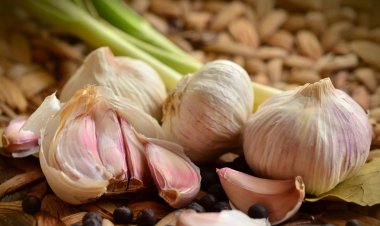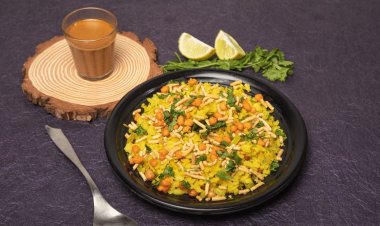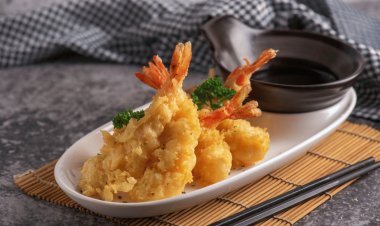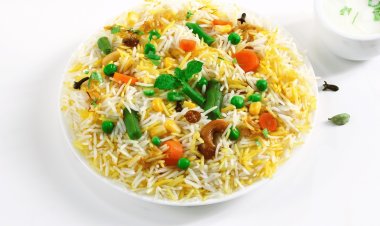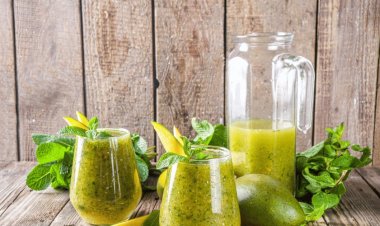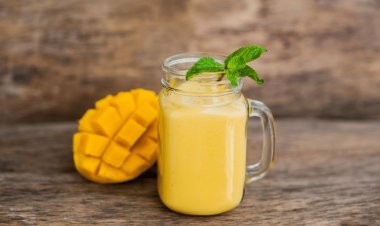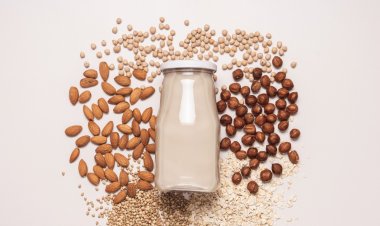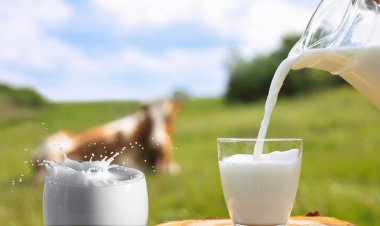Know more about Kakvi, How it is different from jaggery and honey?
Looking to add natural sweetness to your creations? Kakvi, jaggery, and Honey have got you covered! Explore their distinct flavors and infuse your dishes with the delightful taste
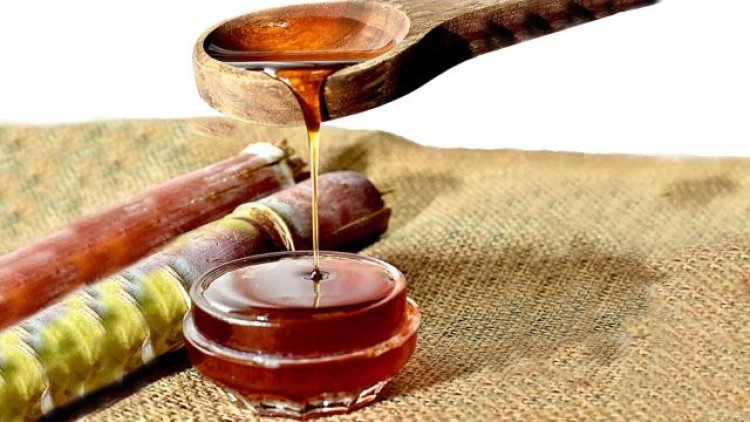
Highlights: Kakvi, jaggery, and honey are unique sweeteners with their own characteristics. Kakvi is a byproduct of sugar refining, jaggery is unrefined cane sugar, and honey is a natural sweetener produced by bees. They differ in production methods, flavor profiles, and nutritional compositions, providing a diverse range of options to add sweetness to various dishes and beverages. So, go ahead, explore these sweeteners, and discover new ways to enhance your culinary creations!
When it comes to sweeteners, there are three popular choices: Kakvi, jaggery, and honey. Let's delve into their unique characteristics and compare them.
Kakvi is a thick, dark syrup that results from the sugar refining process. It is made by extracting sugar from sugarcane or sugar beets and then boiling and evaporating the juice to remove sugar crystals. Kakvi has a strong and robust taste, sometimes with a touch of bitterness. Its flavor intensity can range from light and sweet to dark and pronounced. You may also know it as molasses.
Jaggery, also known as "gur," is a sweetener made by boiling sugarcane juice or palm sap until it solidifies. Unlike refined sugar, jaggery undergoes minimal processing, which helps retain some of its natural nutrients. It boasts a distinct flavor often described as rich and caramel-like.
Honey, on the other hand, is a natural sweetener produced by bees. Bees collect nectar from flowers and transform it into honey through regurgitation and evaporation processes within their hives. Honey offers a sweet and unique taste that varies depending on the flowers from which the bees collect nectar.
Comparison between Kakvi, Jaggery and Honey:
Kakvi:
- Origin: Kakvi is a thick, dark syrup that is derived as a byproduct of the sugar refining process.
- Flavor: Kakvi has a strong and robust taste, often with a hint of bitterness. The flavor intensity can vary, ranging from light and sweet to dark and more pronounced.
- Uses: Kakvi is commonly used in baking, sauces, marinades, and other culinary applications where its distinct flavor can add depth and richness.
Jaggery:
- Origin: Jaggery, also known as "gur," is made by boiling sugarcane juice or palm sap until it solidifies. It undergoes minimal processing, preserving some natural nutrients.
- Flavor: Jaggery offers a unique flavor profile that is often described as rich, caramel-like, and slightly smoky.
- Uses: Jaggery is widely used in traditional desserts, sweets, and various regional dishes as a natural sweetener and flavor enhancer.
Honey:
- Origin: Honey is a natural sweetener produced by bees. Bees collect nectar from flowers, which is then transformed into honey through regurgitation and evaporation processes within their hives.
- Flavor: Honey has a distinct and varied taste, influenced by the types of flowers from which the bees collect nectar. It can range from floral and fruity to earthy and herbal.
- Uses: Honey is commonly used as a natural sweetener in beverages, baked goods, dressings, marinades, and as a spread on bread or toast.
Let's address some frequently asked questions about these sweeteners:
Are Kakvi, jaggery, and honey nutritious?
Kakvi contains minerals such as iron, calcium, magnesium, and potassium. However, it's important to note that kakvi is relatively high in calories and sugar content, so it should be consumed in moderation as part of a balanced diet. Jaggery retains some natural nutrients due to minimal processing. Honey also contains trace amounts of minerals, enzymes, and antioxidants.
How can I use these sweeteners?
Kakvi can add depth of flavor to dishes like baked goods, sauces, and marinades. Jaggery is commonly used in desserts, sweets, and traditional recipes. Honey serves as a natural sweetener in beverages, dressings, and as a spread on bread or toast.
Can these sweeteners be used interchangeably?
Since Kakvi, jaggery, and honey possess distinct flavors, they may not always be suitable substitutes for one another. However, you can experiment and adjust the quantities to achieve the desired sweetness in your recipes.
Where can I find these sweeteners?
You can find Kakvi, jaggery, and honey in grocery stores, supermarkets, or online retailers. Look for them in the baking or sweetener sections.
Also Read: Know more about crayfish - a mix of lobster, crab and shrimp flavors!
What's Your Reaction?
 Like
0
Like
0
 Dislike
0
Dislike
0
 Love
0
Love
0
 Funny
0
Funny
0
 Angry
0
Angry
0
 Sad
0
Sad
0
 Wow
0
Wow
0



























